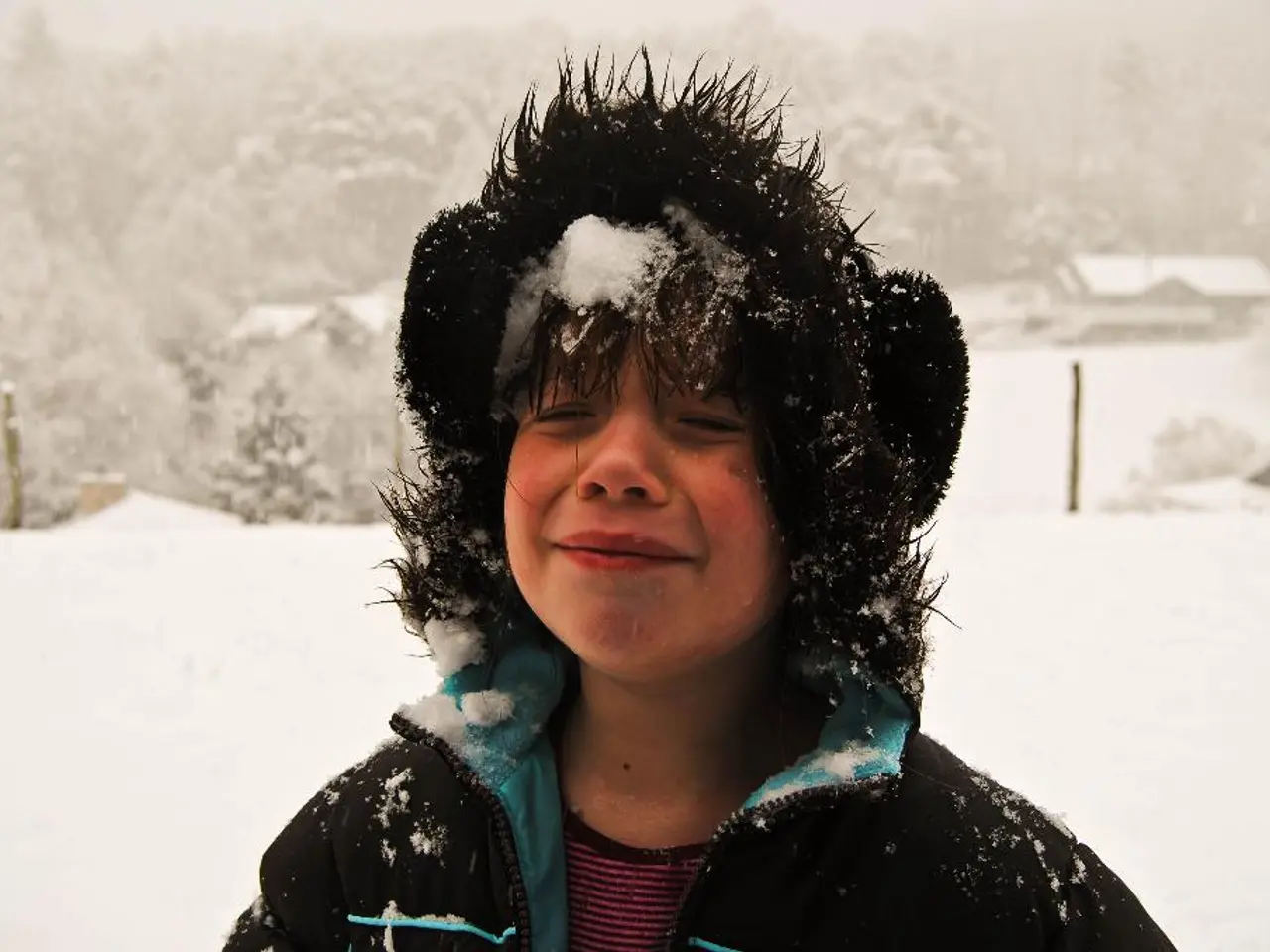Children's Unsocial Tendencies: Triggers and Illustrations
In a world where children's well-being is paramount, understanding and addressing antisocial behaviour in children has become a pressing concern. Research shows that antisocial behaviour is linked to other mental disorders such as ADHD, depression, and generalized anxiety [1].
If left untreated, antisocial behaviour in children can lead to diagnoses of oppositional defiant disorder (ODD), conduct disorder (CD), or antisocial personality disorder (ASPD) in adulthood [2]. The longer these behaviours are left unaddressed, especially if they begin early in life, the more difficult they are to address [3].
Early intervention and prevention strategies are crucial in mitigating the long-term effects of antisocial behaviour. These strategies include parental counseling, positive discipline strategies, school-wide activities, social skills training, behaviour modification programs, and individualized education programs for children with learning disabilities or ADHD [4].
Parents can offer warmth, affection, emotional support, and positive reinforcement to their children to promote prosocial behaviours [5]. Parents, teachers, and school personnel should seek help from a specialist if they notice patterns of lying, stealing, bullying, or other disruptive behaviours in a child, especially during preschool and middle school.
ASPD, characterized by persistent rule-breaking, deceit, manipulation, aggression, lack of remorse, and disregard for others, can evolve from childhood antisocial tendencies [2]. Symptoms often start in preteen or teenage years but are formally diagnosed at 18 or older.
Unaddressed childhood antisocial behaviour is linked to increased risk of adverse outcomes including mental health disorders, increased engagement in high-risk behaviours, and physical health problems driven by chronic stress [1]. Children with persistent antisocial traits often struggle to form meaningful emotional connections and suffer from impaired impulse control and emotional regulation [3].
Early trauma and neglected antisocial behaviour have been correlated with higher rates of criminal behaviour and incarceration in adulthood [4]. Untreated conduct disorders and antisocial behaviours in adolescence can lead to further complications such as substance abuse, self-harm, worsening social situations, and elevated suicide risk [5].
Addressing antisocial behaviours early offers a better chance to mitigate these long-term effects, highlighting the importance of early identification, professional intervention, and supportive environments for children showing persistent antisocial tendencies [3][5]. Early screening and treatment can help halt the development of antisocial behaviours and prevent them from progressing into more severe conditions.
Treatment should focus on the individual child's social, emotional, academic, and physical needs and may include family counseling, adolescent therapy, social skills training, problem-solving skills training, cognitive behavioural therapy, behavioural therapy, and behavioural family intervention. Peer and family relationships play a significant role in a child's behaviour and can help children develop prosocial behaviours.
In conclusion, addressing childhood antisocial behaviour is a collective responsibility. By promoting early intervention, providing supportive environments, and offering professional help, we can help children grow into well-adjusted adults, fostering a society that values empathy, accountability, and mutual respect.
References:
[1] Moffitt, T. E. (2005). Antisocial Processes from Adolescence to Adulthood: A Developmental Taxonomy. American Psychologist, 60(5), 476-489.
[2] American Psychiatric Association. (2013). Diagnostic and Statistical Manual of Mental Disorders (DSM-5). Arlington, VA: American Psychiatric Publishing.
[3] Frick, P. J. (2018). Understanding Antisocial Behavior in Children and Adolescents. Annual Review of Psychology, 69, 509-531.
[4] Loeber, R., & Stouthamer-Loeber, M. (2008). Development and Prevention of Serious Antisocial Behavior: A Review of the Past 25 Years. Journal of Abnormal Child Psychology, 36(3), 381-406.
[5] Kellam, P. D., Rebok, G. W., Ialongo, N. S., & Mayer, B. T. (2008). Preventing Violence in Schools: What Works and What Doesn't. Washington, DC: National Academies Press.
- Encouraging science-based strategies, such as early intervention programs and behavior modification, may help blocked antisocial behavior in children, considering its links to mental health disorders like ADHD, depression, and generalized anxiety, as well as its potential progression into more severe conditions like oppositional defiant disorder (ODD), conduct disorder (CD), or antisocial personality disorder (ASPD) in adulthood.
- Pursuing lifelong learning opportunities in health-and-wellness and mental-health fields, particularly education-and-self-development courses focused on understanding and addressing antisocial behavior, could equip parents, teachers, and other professionals with the necessary knowledge and skills to identify and address this behavior early, thus fostering a healthier and more empathic society.
- Implementing learning strategies that emphasize emotional development and prosocial skills, such as social skills training and problem-solving skills training, can help children with antisocial tendencies develop more positive behaviors, promoting healthy interactions and reducing the risk of engagement in high-risk behaviors or future mental health disorders.
- Investing in community resources like science-based learning centers focused on mental health and wellness can help create supportive environments for children exhibiting antisocial tendencies, ensuring early identification, intervention, and ongoing support, thereby reducing the likelihood of lifelong struggles with mental health, self-harm, and adverse outcomes associated with these behaviors.




